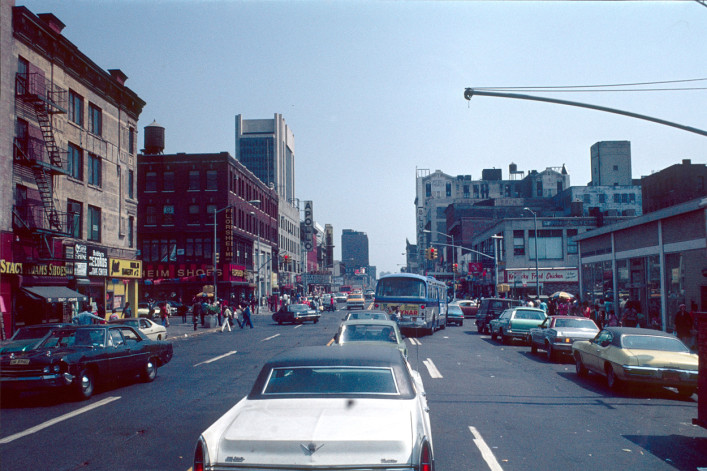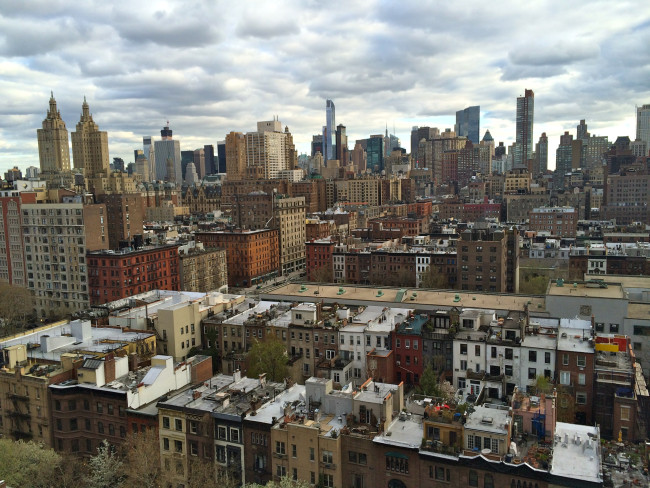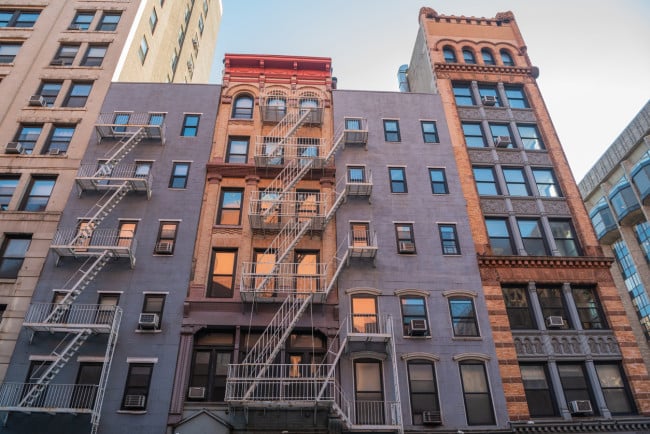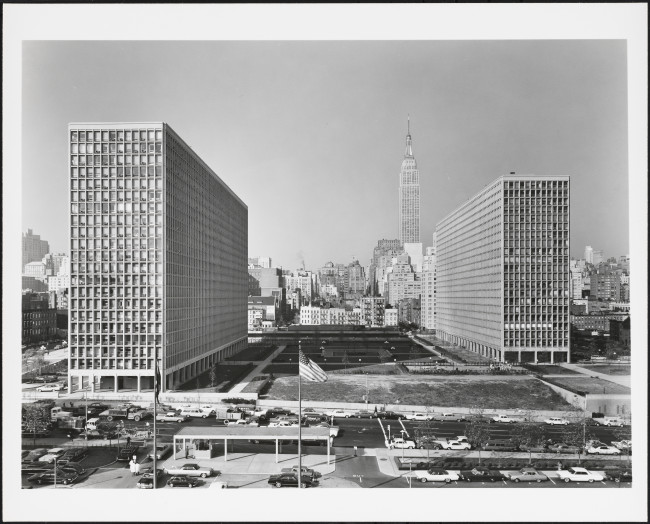4 major milestones that led to the rent-stabilization laws we have today

Though rent-stabilized apartments—and our never-ending quest to find one for ourselves—can feel like a fact of life in New York City real estate, in many ways, they're part of a system that's constantly in flux. At the moment, for instance, some neighborhoods are seeing significant losses of stabilized units, though the Furman Center estimated as of 2011 that there were still close to a million stabilized apartments in the city. Still, it's looking likely that the Rent Guidelines Board will institute yet another rent freeze when it comes to a vote in June.
With the state of our rent-regulated units shifting by the minute (and the future of other affordable housing more up-in-the-air than ever), there's no time like the present to revisit the events and legal milestones that led to our current state of rent regulation. Below, four key milestones that led us to rent-stabilization as we know it today:
Rent strikes and rent control in the 1920s
Frustrations with excessive rent—not to mention the current populist and socialist mood of many voters—ihas been a constant for more than a century. While the rent control and rent stabilization laws we know in 2017 originated after World War II, the city's first brush with this type of rent stabilization happened in the 1910s and 1920s.
In The Great Rent Wars: New York, 1917-1929, Robert Fogelson chronicles the widespread frustration with predatory landlords in the city after World War I, which led to major rent strikes that, in turn, led to stabilization that lasted nearly a decade. "Residential construction came to a halt after World War I, and vacancy rates plummeted," Fogelson tells us. "So landlords who weren't doing so well before the war started jacking up the rents, and then tenants started to resist, turning out in the hundreds of thousands for rent strikes and refusing to pay."
The movement eventually caught on with the Socialist Party, and the Mayor's Committe on Rent Profiteering was formed to address the issue. "Eventually, they passed two sets of emergency laws, which effectively instituted rent control in New York and a few other big cities like Buffalo, and also prevented landlords from evicting tenants who were willing to pay a reasonable rent," explains Fogelson.
The laws were instituted in 1920 and lasted until 1929, when it was determined that the rent "emergency" was over, and the laws were repealed.
Rent control returns in the 1940s
While the economics of the Great Depression kept vacancy rates high, and rents fairly stagnant, during the 1930s, by the end of the decade into the early 1940s, demand was increasing while supply remained limited, the Rent Guidelines Board reports. (The diversion of resources for the war effort meant that new construction essentially came to a halt during World War II.)
In this case, a national program was rolled out, in the form of the 1942 Emergency Price Control Act, which in New York City resulted in prices for all rental units being frozen at their levels as of March 1, 1943, with provisions for eventual adjustments at the discretion of a body known as the Administrator of the Office of Price Administration. (If you've got time for a fascinating long read, the Rent Guidelines Board has a full, very extensive history of the city's rent regulation laws here.)
In 1951, as the federal rent control program was set to be phased out, the state of New York adopted its own similar system to keep some version of rent control in place. "Most cities abandoned the World War II rent controls, but New York was the great exception," says Fogelson.
These days, there are fewer than 30,000 rent-controlled units left in the city (though you'll often hear people incorrectly use the terms "rent control" and "rent stabilization" interchangeably); most such apartments are inhabited by elderly residents who have lived in them for decades, or their "surviving spouse, adult lifetime partner or other family member," per the RGB. Once those controlled tenants vacate an apartment, it will generally enter into regular rent stabilization.
Rent stabilization is introduced in the 1960s
Though some lore would have you believe that the rent-stabilization laws of the late 1960s were a last-ditch effort to keep tenants and landlords from abandoning the city during a troubled era, it was, in fact, a response by Mayor John Lindsay to dropping vacancy rates and widespread complaints of unchecked price increases, per the Rent Guidelines Board. (The RGB was founded in 1968 as a governing body in response to the crisis.)
Initially, the law stipulated that lease renewals occurring between 1968 and 1970 would be subject to the guidelines set out by the board, which initially prescribed rent increases of no more than 10 percent for two-year leases, and 15 percent on three-year leases, a steep spike compared to the current rent freeze on year-long leases.
Laws were tweaked over the next few years, but steep rent increases between 1971 and 1974 led to the Emergency Tenant Protection Act of 1974, which the RGB cites as the major basis for the current laws that govern our rent-stabilization system. (This is also a date you may recognize from the stipulations for rent-stabilization, which is generally applied to buildlings with 6 or more units built before 1974.)
"Originally, rent stabilization laws applied to many areas throughout the state, but now there's very little stabilized housing anywhere in New York state outside of New York City," notes Andrew Berman of the Greenwich Village Society for Historic Preservation. "The entire premise is based on vacancy rates being at a crisis level, [and that they might be lifted if the crisis abates]. But that's never happened."
The 1994 vote on vacancy deregulation
Rent-stabilization laws are constantly being updated or having additions made to them, but as we've written previously (and as ProPublica has discovered), one 1994 City Council vote proved to be particularly fateful. In the slumping early 1990s real estate market, the City Council added a provision for vacancy deregulation, wherein apartments could exit rent-stabilization once the rent surpassed $2,000/month.
It should have been a non-issue, since the median rent at the time was around $600/month, but landlords quickly started taking advantage of loopholes to ratchet rents up to $2,000 as soon as possible. A major example of such a loophole is the option to raise rents after renovations, or what are known as Major Capital Improvements and Individual Apartment Increases, in which a landlord is able to raise the rent by a higher percentage based on renovations to the building or the apartment. Rules that made it possible to raise rents by 20 percent in between tenants also led many landlords to try to strong-arm longtime tenants out of their stabilized apartments. Similar rules are still in place in the city, though the vacancy deregulation threshold is now at $2,700.
"A lot of changes [to the laws] were made in the 90s, and that's why you see in the 90s the start of this dramatic and precipitous decline in the amount of rent regulated housing in New York," says Berman.
You Might Also Like





























